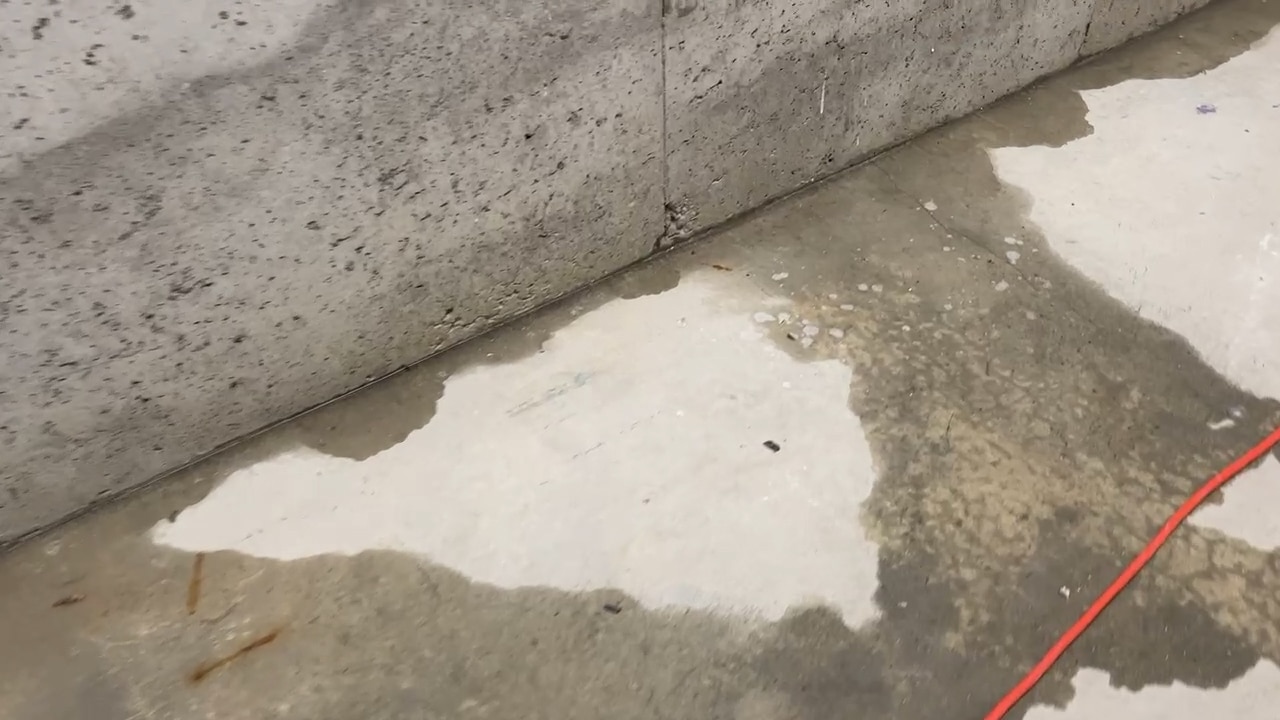The ground around your basement walls contains a lot more than dirt. Water filters its way through the soil, keeping our plants and gardens healthy, but where does it go when it hits your foundation? Water near your foundation can cause hydrostatic pressure in your basement. This pressure can have serious implications for your basement waterproofing.
What Is Hydrostatic Pressure?
Anyone who’s been reading our blog will have come across the term “hydrostatic pressure” and be familiar with its effects. For those who are new, a simple definition is “the pressure exerted by a liquid at equilibrium”. For those who did well in physics at school, the formula is “P=pgh” or Pressure = Fluid Density x Acceleration due to gravity x Depth of fluid. If this pressure increases, it can be strong enough to force water through cracks or even cause seepage in apparently sound walls.
What that means is that water is surprisingly heavy (about 60lb per cubic foot) and the soil around your home contains a lot of it. When more is added by rain or runoff, it changes the formula and increases the level of pressure. When this happens, it pushes harder against your walls and, sometimes, forces its way through.
How Hydrostatic Pressure Affects Basements
When hydrostatic pressure pushes up against your basement walls and floor, it can push its way through. This should be a scary thought for any property owner. Water finding its way in is rarely a good thing.
Sometimes it may be strong enough to force open larger cracks which then leak (or worsen ones that are already there). In particularly serious examples, the weight of water and soil can physically push blocks out of place.
On other occasions, it might force fluid through tiny holes and porous materials and cause a less dramatic, but no less problematic, seepage.
If left unaddressed, these problems will worsen leading to long term issues like:
- Mold and mildew growth
- Widening cracks
- Leaks
- Structural damage
- Dramatically reduced home value.
None of these are issues that you want to be facing, so when you suspect that hydrostatic pressure on your walls is becoming an issue, it’s important to act quickly.
Signs Of Hydrostatic Pressure In Your Basement
Now that we know what exactly the mechanism behind hydrostatic pressure damaging your basement is and what it can do, what should we be looking out for?
Hydrostatic pressure exerts its influence on basement walls and floors and it’s a key culprit in many water intrusion cases. While some signs are glaringly obvious, others can be more subtle. You should be on the lookout for:
Puddles
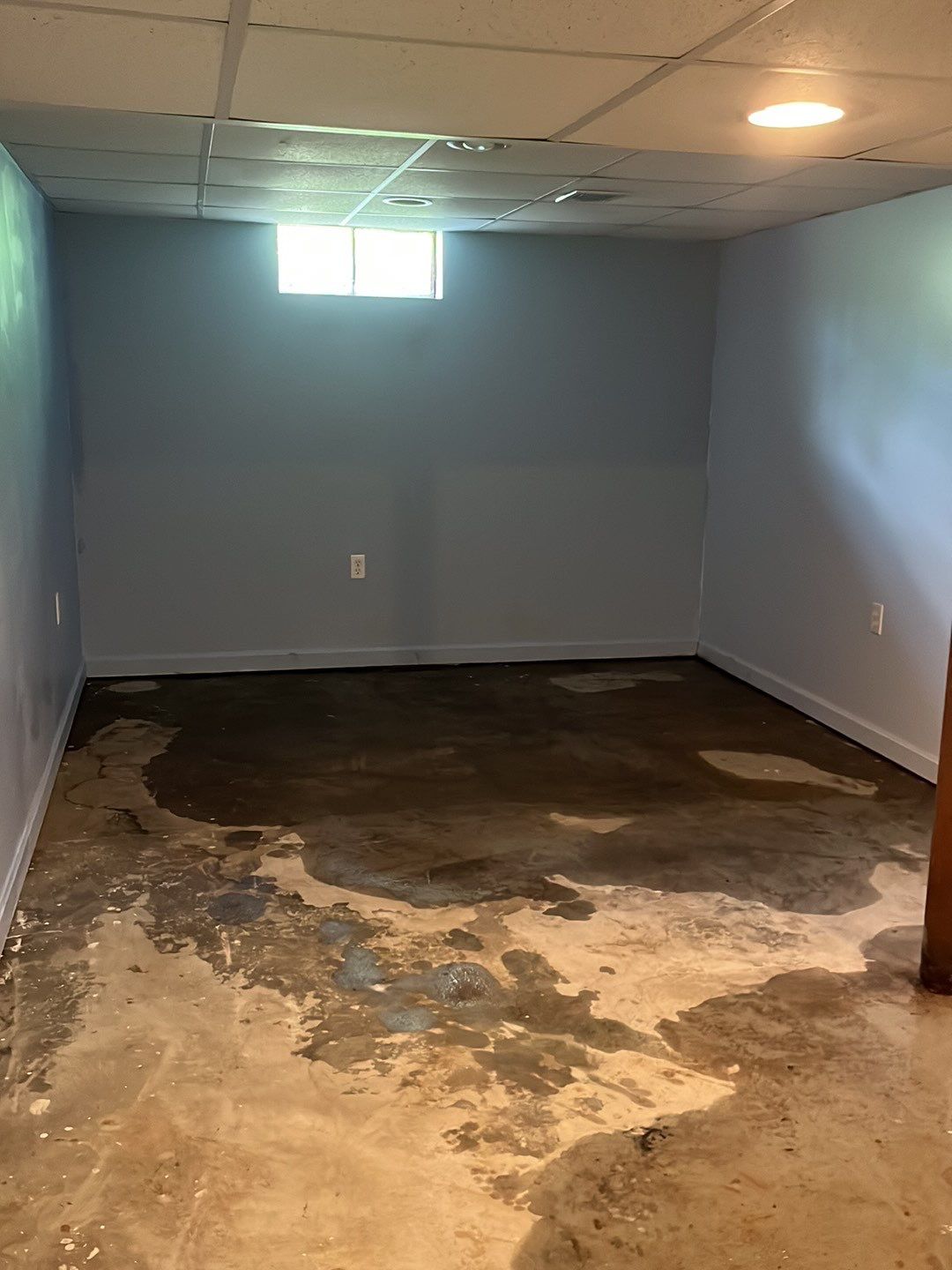
Let’s start with the most obvious: puddles of water in your basement have to be coming from somewhere. It may or may not be a result of hydrostatic water pressure on your basement walls or floor, but it’s quite likely. In the absence of another obvious source, such as a leaking pipe, it’s a good bet that the water is forcing its way in from the outside.
Horizontal Cracks In Foundation Walls
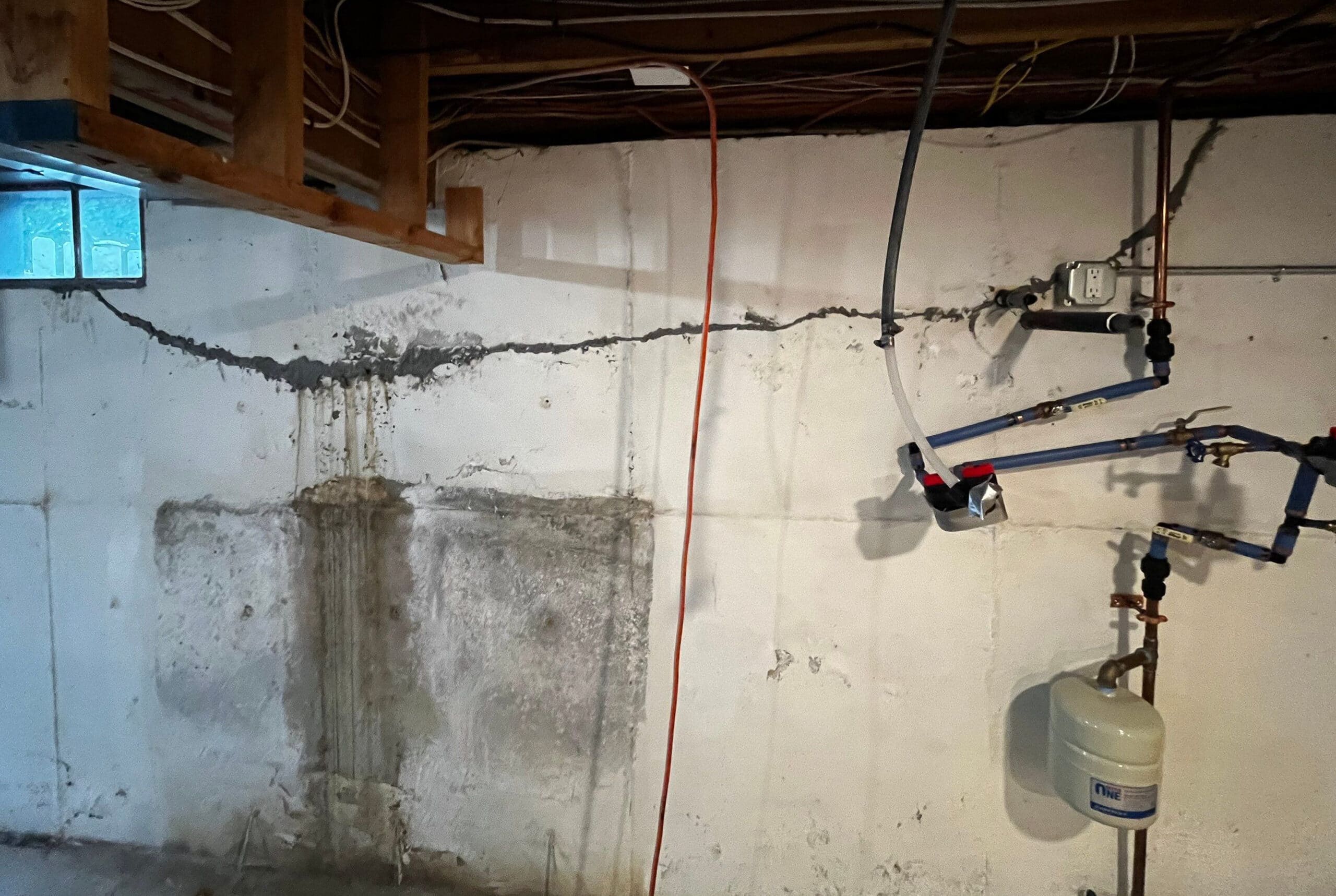
The walls of your basement are surrounded by soil which pushes up against them all the time. This usually adds stability to your home, and is the whole point of foundations in the first place. When the pressure increases, usually caused by an increase in hydrostatic pressure after heavy rain, this can knock mortar out of place. Alternatively, smaller cracks can be widened as water is forced through.
Not all cracks in a concrete wall or slab are necessarily something to worry about, but horizontal cracks on foundation walls can be cause for structural concerns.
Damp Spots, Water Stains and Peeling Finishes

Slightly less dramatic, water is sometimes forced through cracks slowly and doesn’t cause much physical disturbance. In these cases, you’ll often find persistent damp patches or marks where a wet spot has dried. If your basement walls are painted, you may find the finish coming away from the wall or bubbling. This is caused by water getting in behind the finish and physically pushing it away from the wall.
Efflorescence
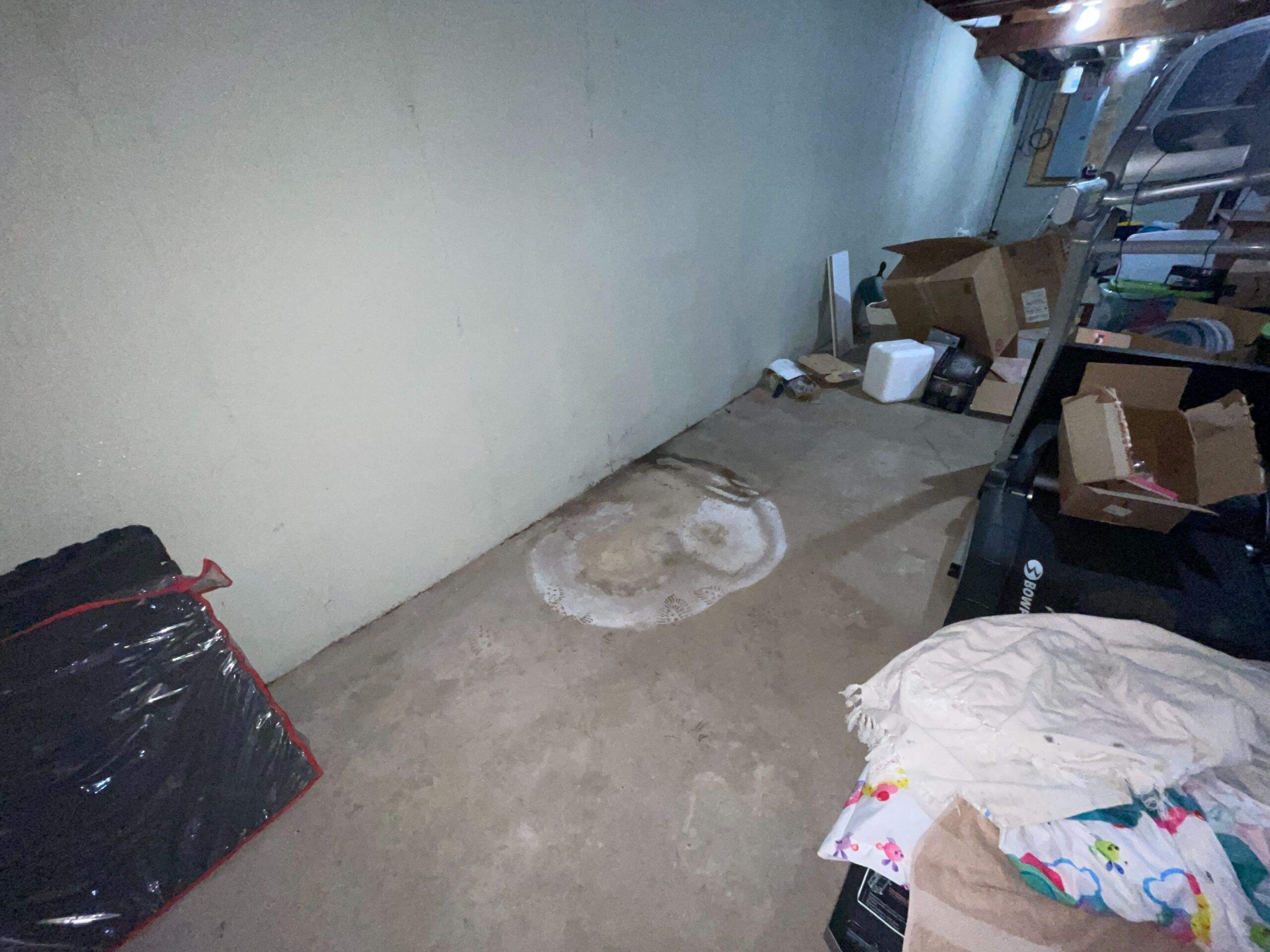
Along the same lines as above, but interesting enough to warrant its own subheading, efflorescence is a subtle sign of water finding a way in. It shows up as a powdery white substance forming on your basement walls or floor. This is actually formed from minerals left behind by water seeping through tiny pours and cracks.
Persistent Moisture And Humidity
Basements are generally a little more humid and prone to condensation than the rest of your home. They’re less regularly ventilated and cooler, meaning that the water vapor in the air stays there longer. If you notice that this seems to be increasing and opening the door/windows is having less of an effect than usual, it’s likely that moisture is being pushed in by hydrostatic pressure somewhere.
The other key sign of persistent moisture or humidity being abnormal is the growth of molds, mildews and that musty ‘basement smell’. These all thrive in damp conditions and that dampness has to have a cause.
Preventing Hydrostatic Pressure Issues
While the impacts of hydrostatic water pressure on your basement walls can range from the annoying to the dramatic, they needn’t be particularly hard to solve. There are a range of options which will reduce the pressure placed on your foundation, both inside and out.
It’s a basic fact of life that water follows the easiest path and by controlling where that path is, we can mitigate most of the negative impacts.
Interior Drainage Solutions
While it may seem odd to start on the inside, dealing with water that does threaten your basement before it finds a way through can be very effective. There are two major tools that can be employed here:
French Drains
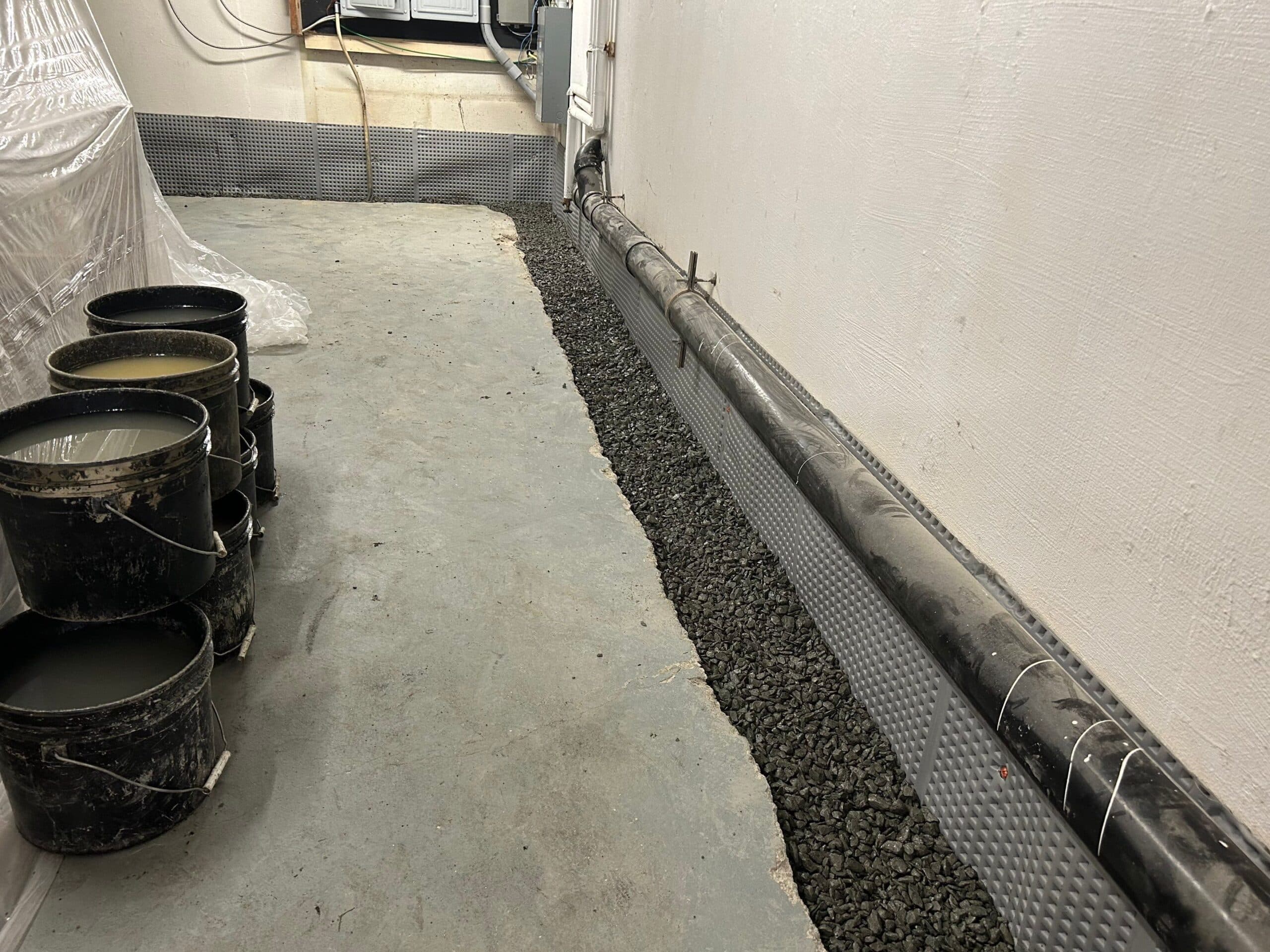
A French drain can be placed in a trench just below the surface of your basement floors, running along the walls. This consists of a horizontal drainpipe filled with small holes. The idea is that water will find its way in and be conducted safely away before it enters your living space.
Sump Pumps

Often installed in parallel to French drains, sump pumps deal with water rising up from below. They sit in a pit (the ‘sump’) below your floor and, when that pit fills to a certain level, turn on to pump it away, leaving your floor nice and dry.
Both of these work to reduce the impact of hydrostatic pressure on your basement floor and walls by offering the water an easier path.
Exterior Solutions
Of course, if you’re looking to mitigate the impact of hydrostatic pressure, it’s often best to go to the source: dealing with rainwater directly. Most of our homes have various ways of doing this as standard, but there are steps you can take to ensure they work properly
Gutters and Downspouts
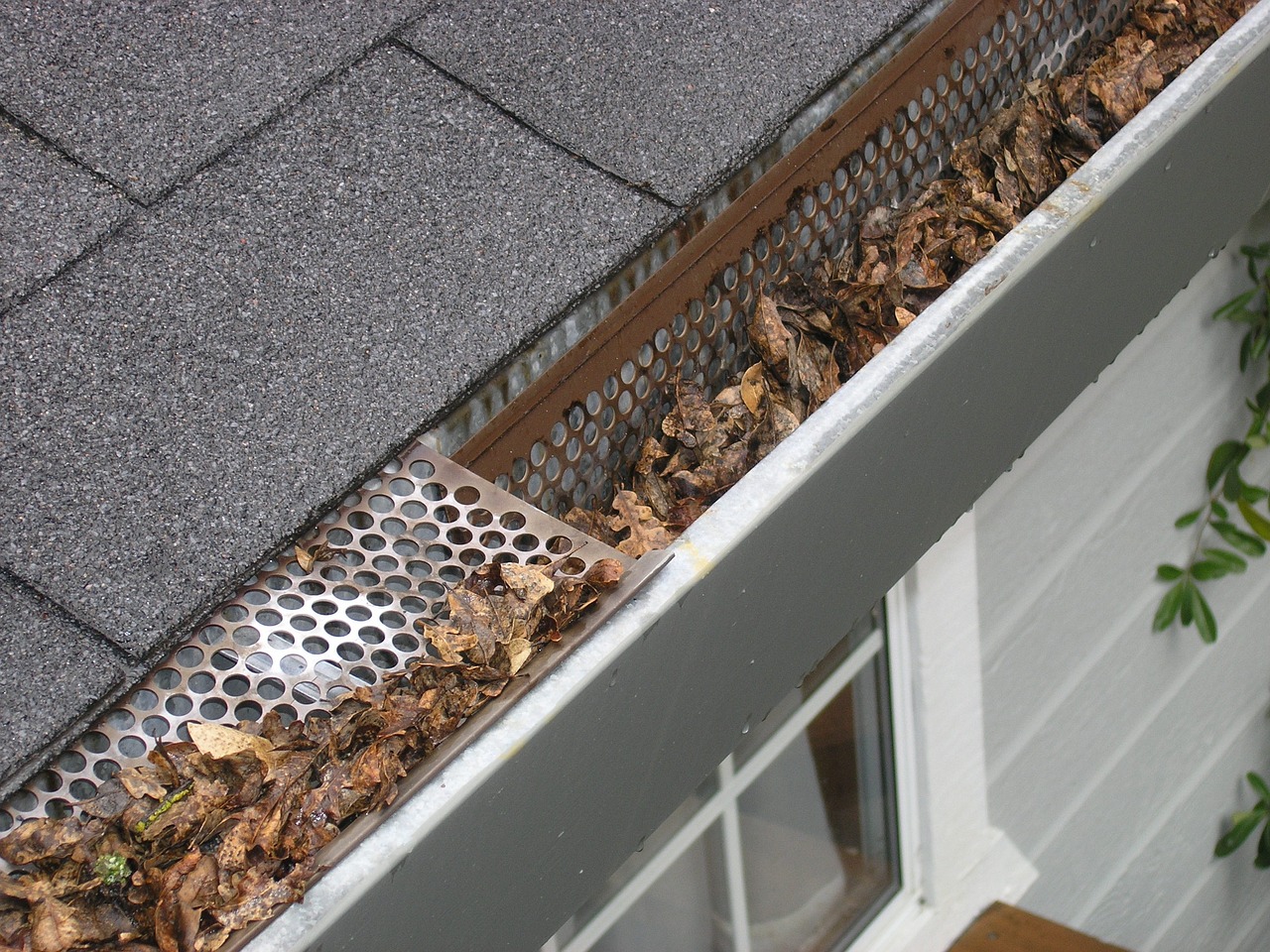
While it may seem odd to look up to deal with a problem involving your basement, guttering is vital. Your roof catches most of the rain which hits your property and conducts it safely away from your basement walls, helping to keep them dry. Gutters and downspouts should be kept clear and should direct water to a proper drainage area.
Grading
Water always flows downhill when it can thanks to the effects of gravity. Grading is generally carried out while your home is under construction (though can be rectified later if need be). A slope of compacted earth is created leading away from your basement walls with the aim of avoiding water building up there. It’s a big and disruptive job to do after construction, but it’s certainly effective.
Landscaping
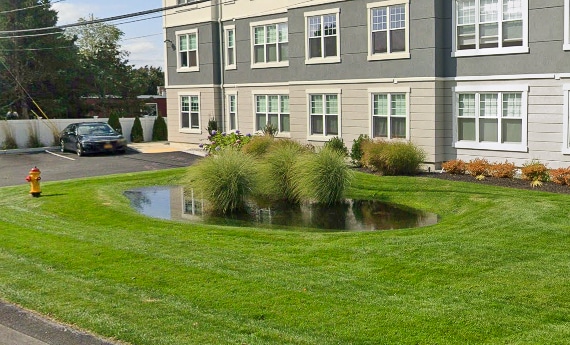
Working in your garden can be more than a relaxing hobby- it can help alleviate the impacts of hydrostatic pressure too. Planting a rain garden, carefully selecting plants and working in mulches and certain soil types can drastically improve your home’s waterproofing.
Exterior French Drains


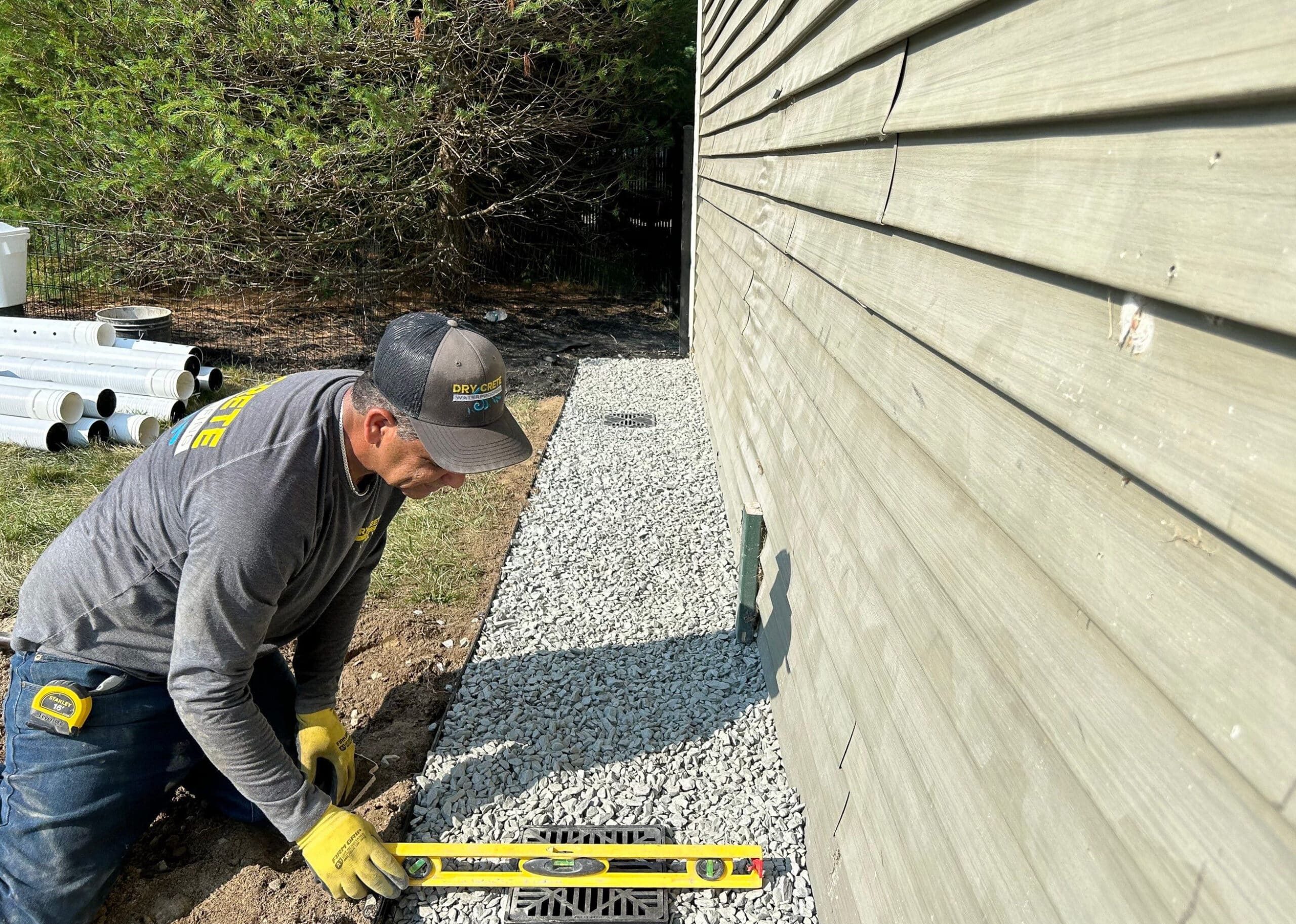
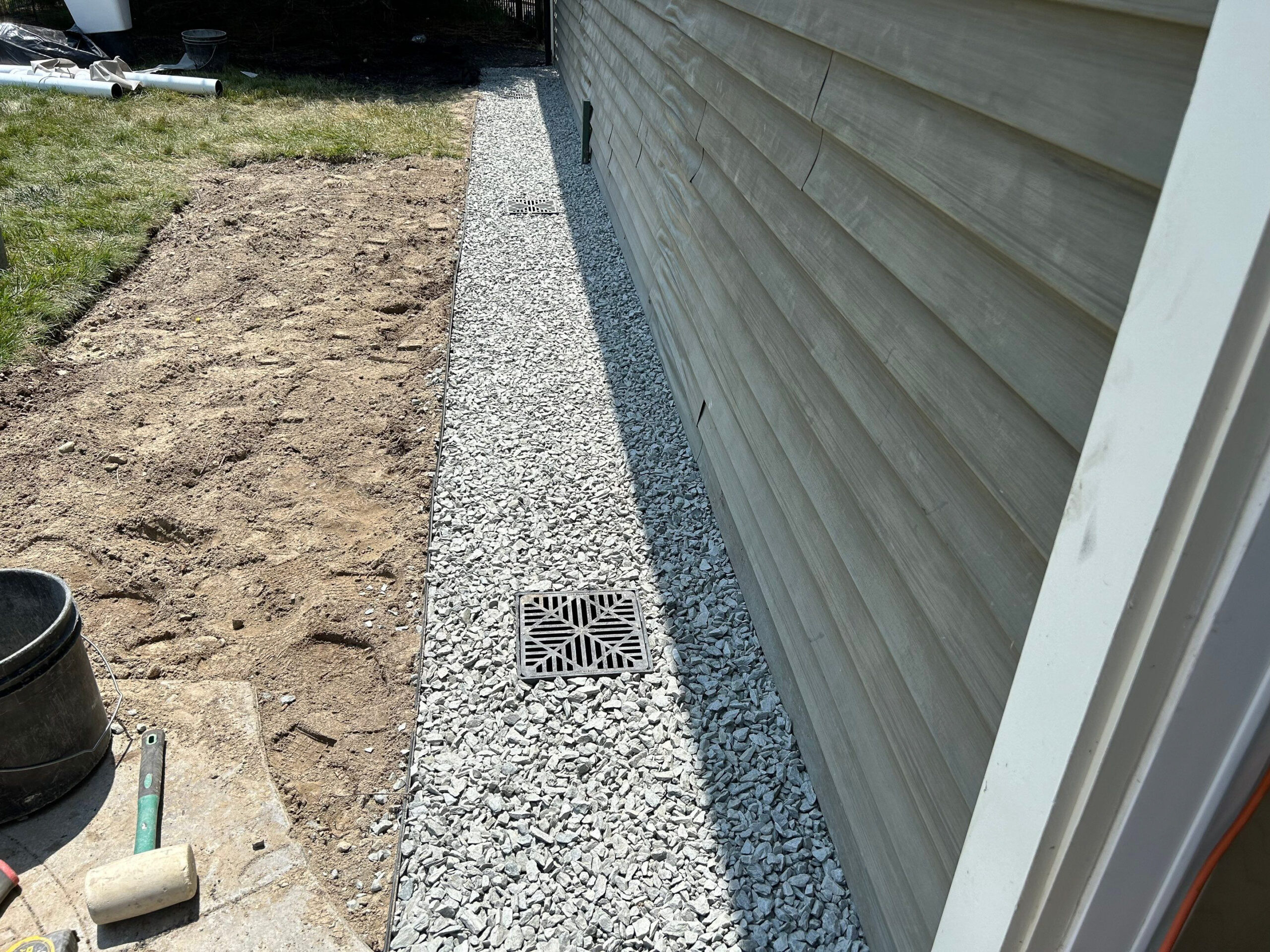
Just like their internal counterparts, French drains can play a vital role outside too. If you’re noticing a particularly persistent puddle or muddy patch, installing a pipe through it can offer the water an easier escape. The result of this is less water exerting its hydrostatic pressure on your basement walls. If you get really clever with it, you can even harness it to irrigate a dry patch at the same time.
In Conclusion
While no one wants to think about what happens when water finds its way through their basement walls, understanding hydrostatic pressure should be a priority for any homeowner. With a little knowledge and knowhow averting disaster can be surprisingly easy.

